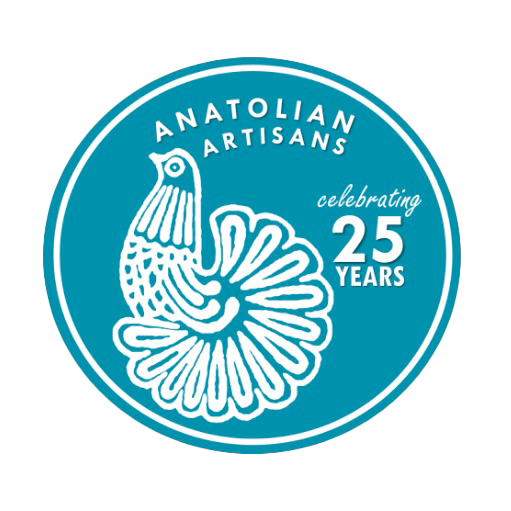The Sagasun Project
The arts of an ancient civilization, revealed amid acres of rose fields and goats of all colors, have inspired a new project to provide sustainable income for women artisans near Sagalassos, in southwestern Turkey.
Hittite sources from the 14thCentury BCE mention a settlement called Salawassa on a hillside of the magnificent Taurus Mountains, probably the site’s earliest name. Rich in spring waters and fertile soil, Sagalassos became an urban center known for its exports of pottery and produce over the next thousand years. Alexander the Great conquered it in 333 BCE, and later, as Pisidia, it became Rome’s most important city in the region.
Some of Emperor Hadrian’s buildings and monuments survive to this day, making Sagalassos one of Turkey’s best-preserved archaeological sites. Tourists throng there from coastal Antalya, an hour’s drive south, but until recently they departed without interacting with local people.
In the nearby village of Aglasun, the nonprofit Sagalassos Foundation sought ways to preserve and promote the ancient location while providing economic benefits to local artisans. “There are no ways for women to earn an income here,” said villager Hulya Duman. The foundation approached Anatolian Artisans, another nonprofit that works with low-income Turkish women artisans, to help Aglasun villagers create handicrafts for sale to the site’s many visitors.
The first “Sagasun Arts” workshop, named to honor both the site and the village, was held in October 2018 and involved a group of 20 local women. Experienced international craft designers Susie Vicery and Claire Burkert trained them to develop products reflecting the site and area culture.
The mayor of Aglasun joined the project, providing a facility where the women used their traditional skills to create toys and purses. “Anatolian Artisans is giving us confidence for the future,” said participant Birgul Askin.
Women who had never held a brush painted fabrics with designs from pottery excavated in Sagalassos. “Before, we didn’t know how to use Sagalassos to generate income,” said Serpil Karaca. Patterns from ancient mosaics now adorn crafts, and the project’s logo. Stuffed toy goats carrying pink roses reflect the beautiful hillsides around the village.
These and many other products are beginning to provide a sustainable income and a measure of economic independence to the women of Aglasun.
